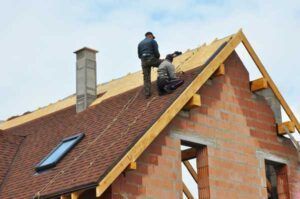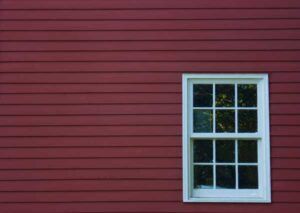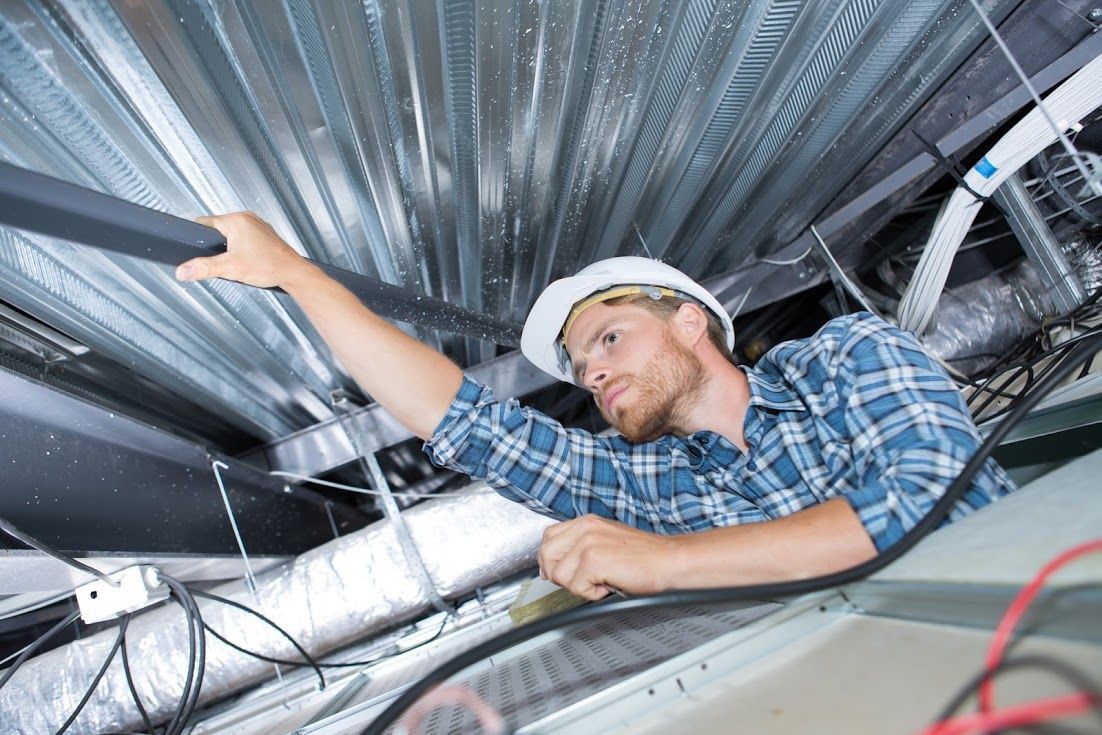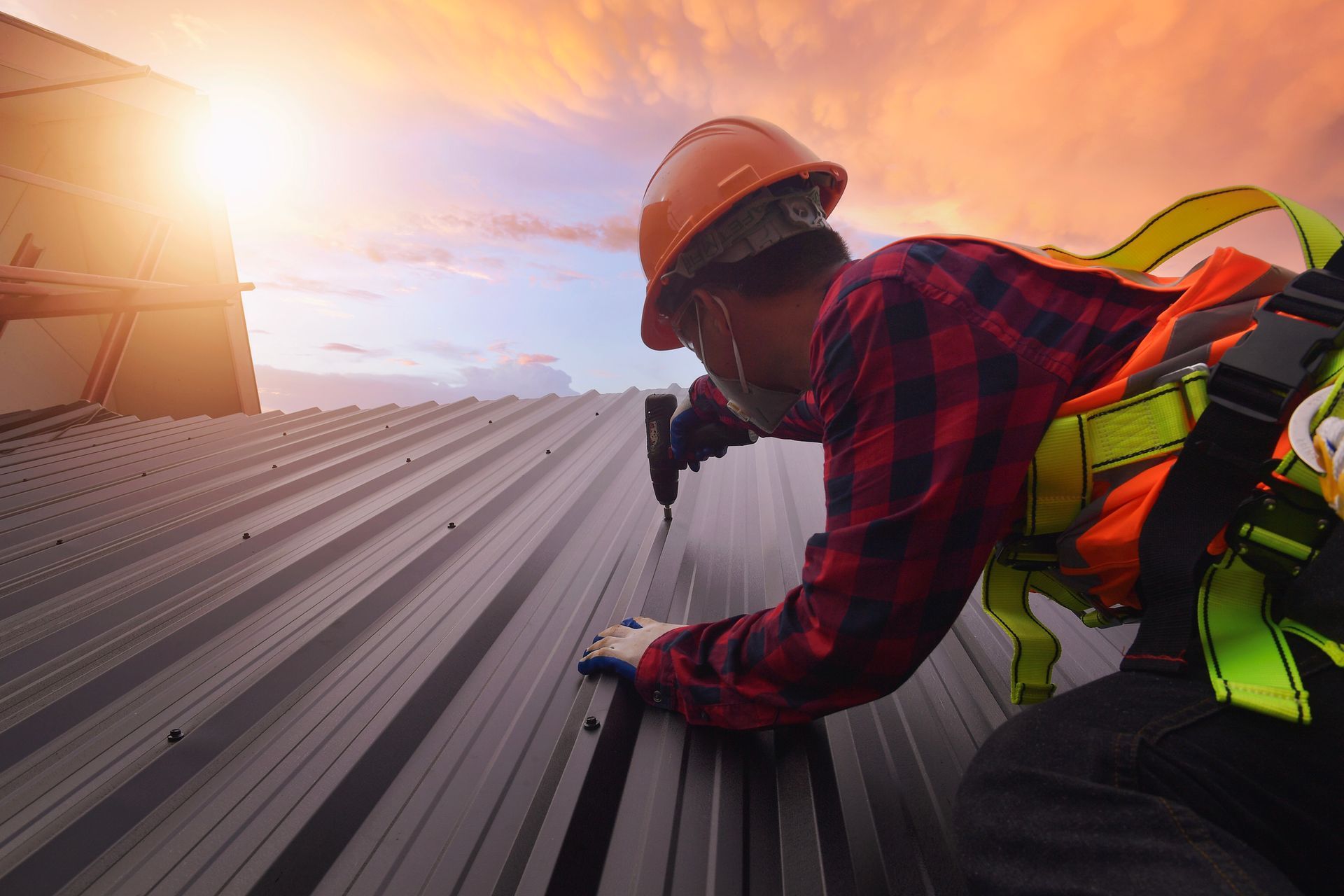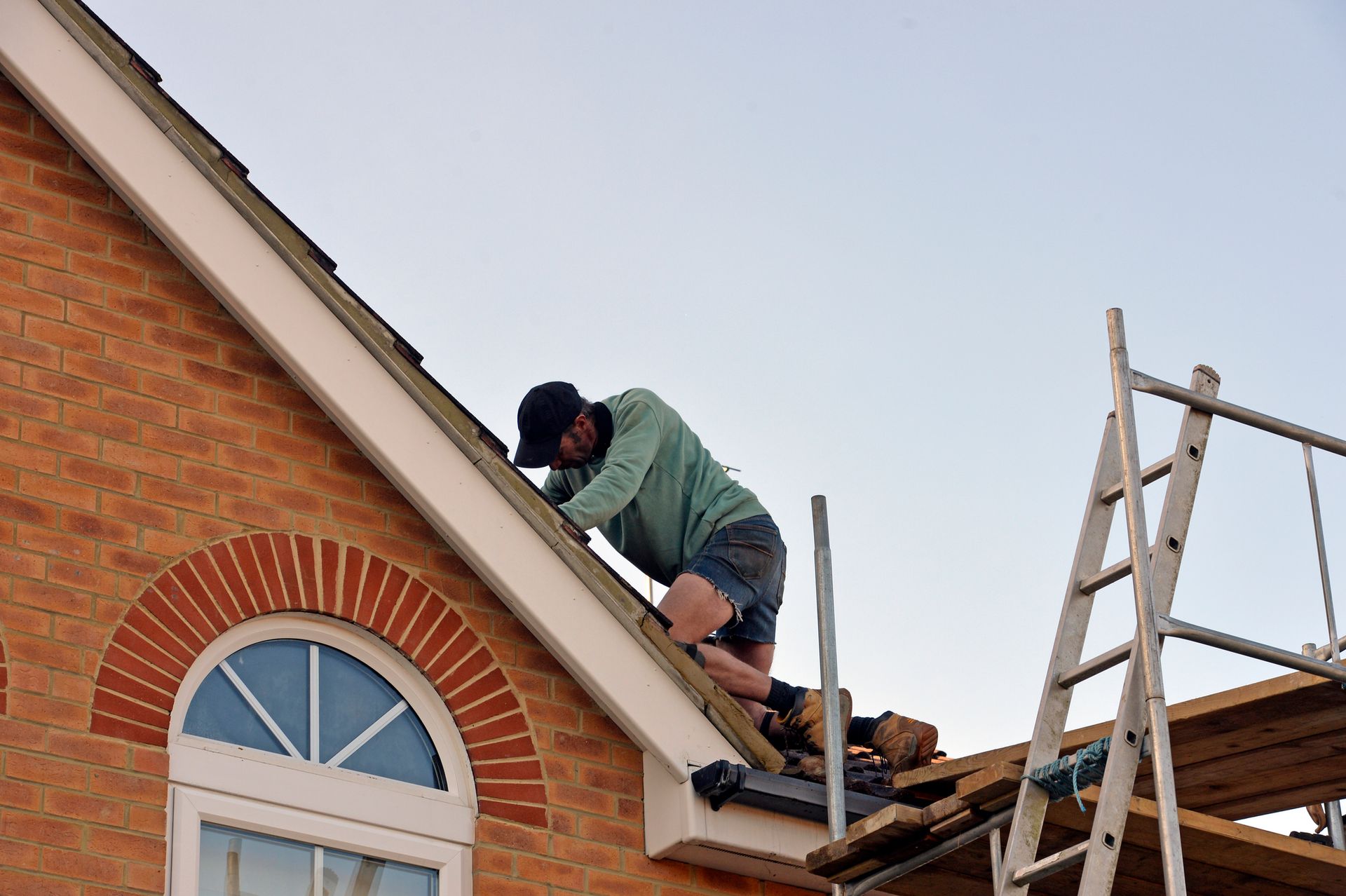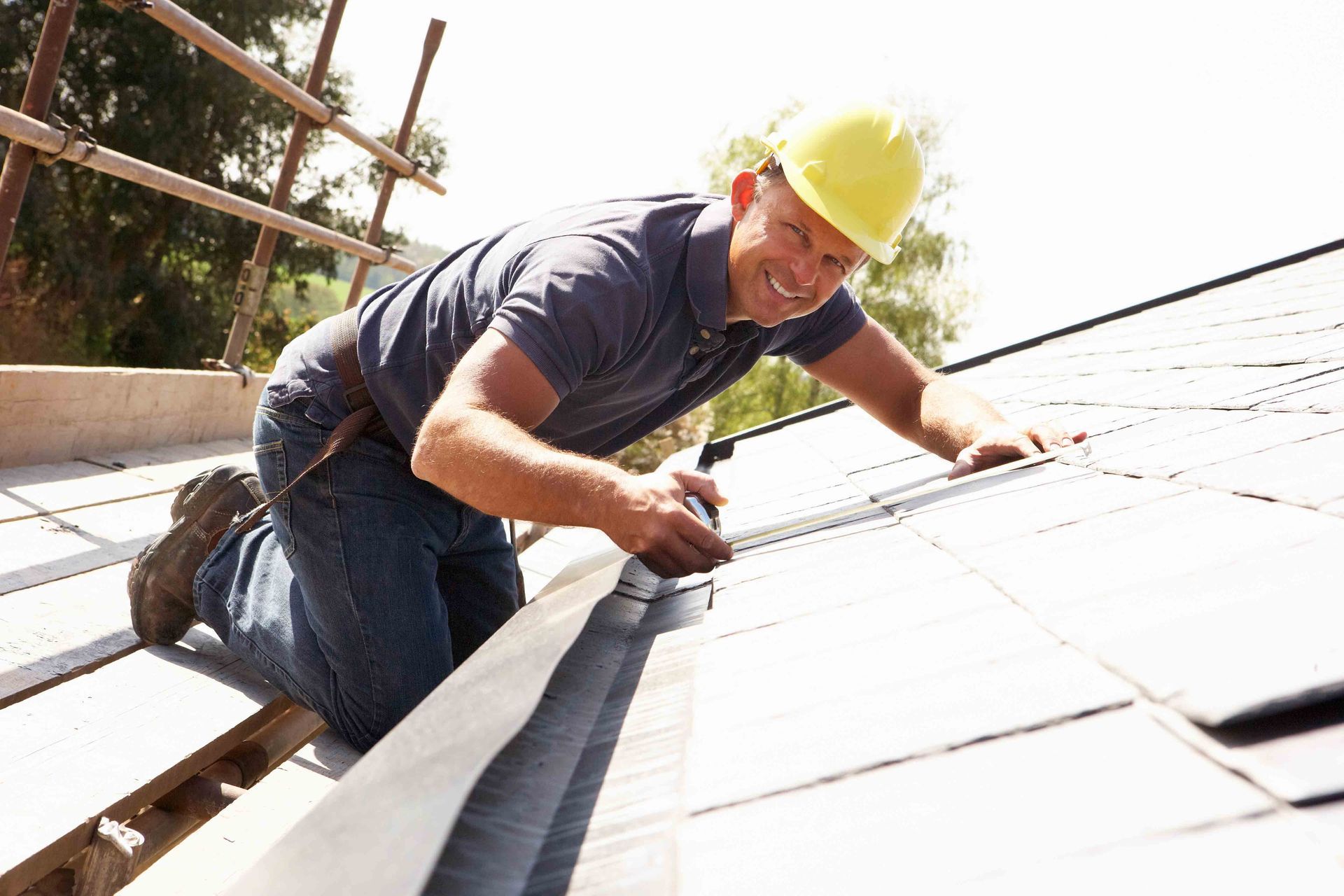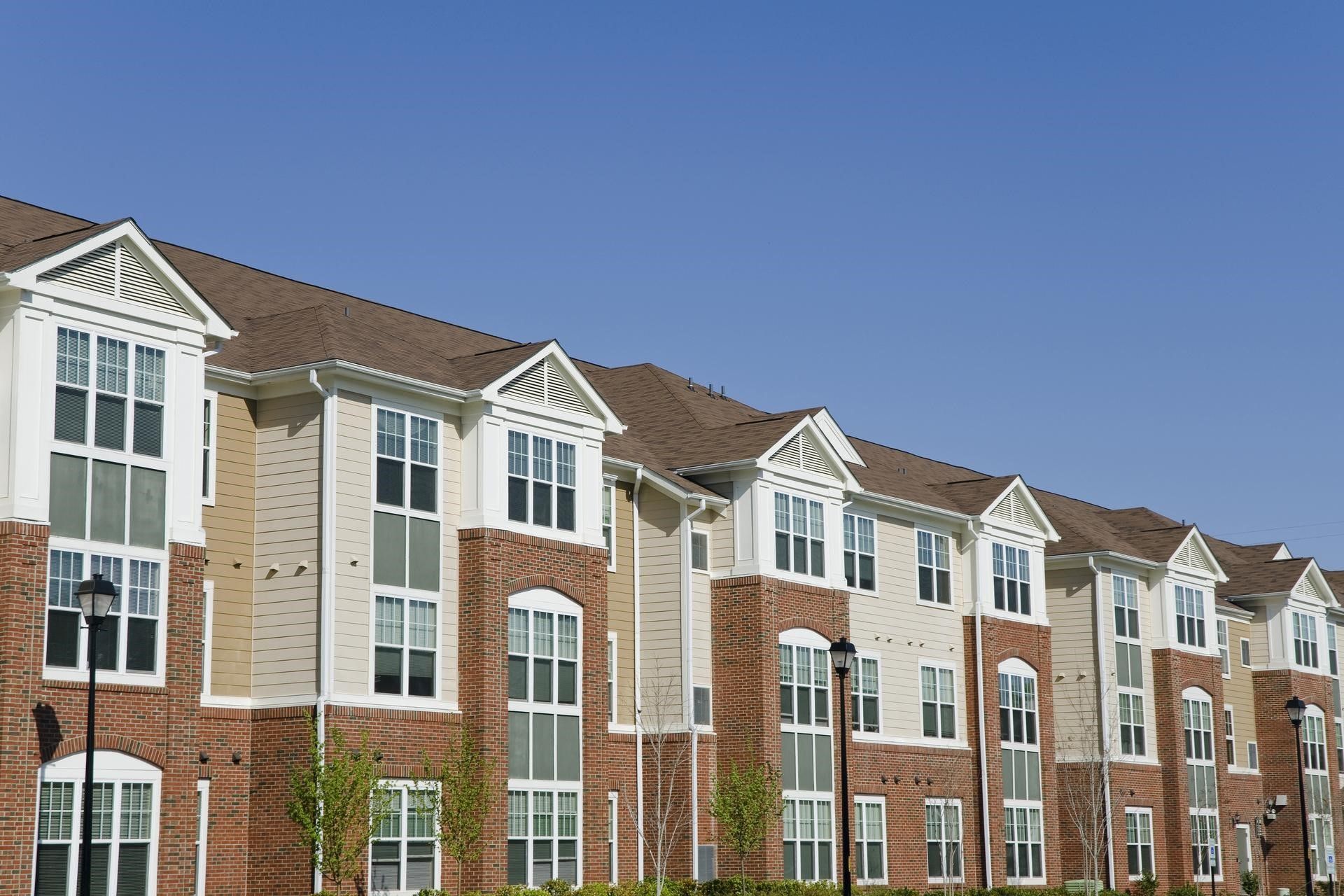3 Reasons Your Roofing Ventilation System Could Be Unbalanced
An unbalanced roof ventilation system can act much like an inadequate one; it won’t effectively remove moist air from the roof’s underside like it should. In some cases, the entire lower slope of the roof may be effectually unventilated if an imbalanced ventilation system causes this kind of malfunction.
Here are three reasons your roof could have an unbalanced ventilation system.
- Too Much Outflow Was Installed
Working with an expert roofing contractor can help ensure that you end up with not only the right amount of attic ventilation but also the right proportions. Make sure you do not have more outflow ventilation than intake.
If you have too much outflow ventilation for the amount of usable intake ventilation present, the outflow vents won’t be able to draw enough air through the intake, so not all of the outflow vent will be able to function as outflow. This can lead to a short-circuit of the cycle; instead of drawing air up from below, the excess outflow vents may reverse into intake.
Once this happens, the airflow is simply flowing into one section of the ridge vent and out through another section, and it is not drawing air up across the underside of the roof like it should. This airflow pattern leaves that area of the roof deck open to condensation and other problems.
- Some Vents Are Blocked
Any blocked vents can disrupt the functioning of the system. Both intake and outflow vents can become blocked by dust and cobwebs over time, so you should keep an eye on them and sweep them out or blow out the debris with an air compressor each year.
Intake vents commonly become blocked due to birds’ nests or rodent nests or when you place attic storage items too near the eaves. But these vents can also be blocked during insulation additions or even when you put small-mesh wire over them to exclude termites.
The smaller the gauge of the mesh, the more it can slow down airflow. Don’t let this discourage you from taking precautions against termites. Just check with your roofing contractor to make sure the mesh you’re planning to use won’t slow things down so much that you need to have more vents installed.
- Ventilation Was Retrofitted Incorrectly
If your house was built with just gable vents for outflow but then a wind or electric turbine fan was added later, you could have a problem.
Although you may hear that adding a turbine fan can solve all your ventilation woes, the strong draw from a turbine fan can actually do more harm than good in some cases. For example, if it has a very strong pull, it could tip the balance and start drawing in more air than the inflow vents can provide.
In some cases this situation could cause air to pull in through the old outflow vents to short the cycle, or it can pull heated or air-conditioned air from the interior of your house. This can be especially wasteful if you haven’t sealed up your attic bypasses.
Attic bypasses (holes into the attic intended to allow wires, ducts, chimneys, fan vents, and other necessities through) are often large enough to allow quite a bit of airflow. Having a contractor fill them in so they’re no larger than necessary can help insulate your house better and reduce the energy loss through your attic, whether you have a turbine fan or not.
If you notice symptoms of unbalanced or inadequate ventilation, such as a condensation or mold problem in your attic, call D.S. Bahr Construction, Inc. today for a free estimate.
The post 3 Reasons Your Roofing Ventilation System Could Be Unbalanced appeared first on D.S. Bahr Constraction, Inc.

